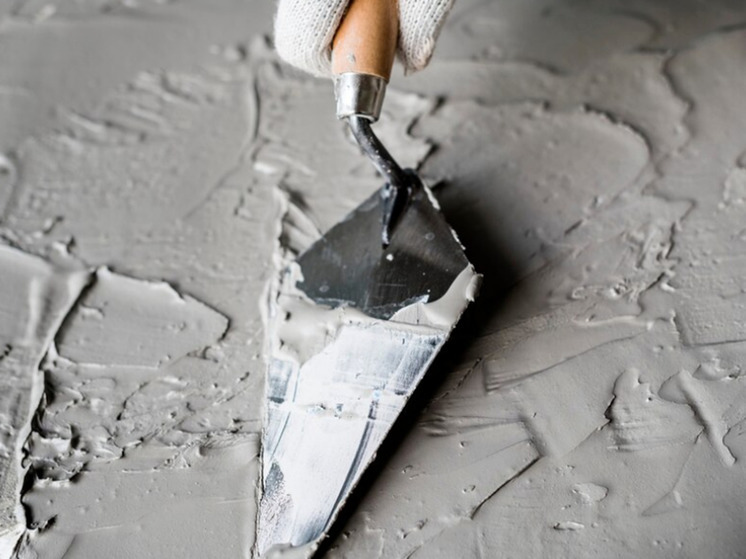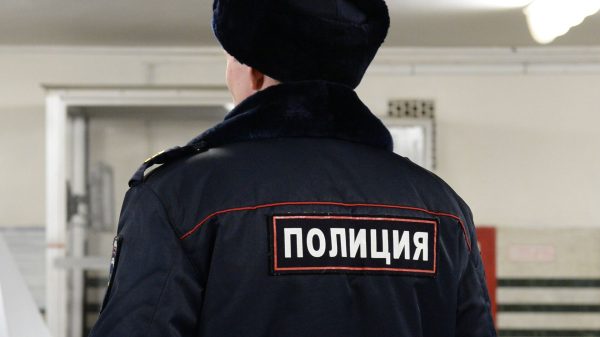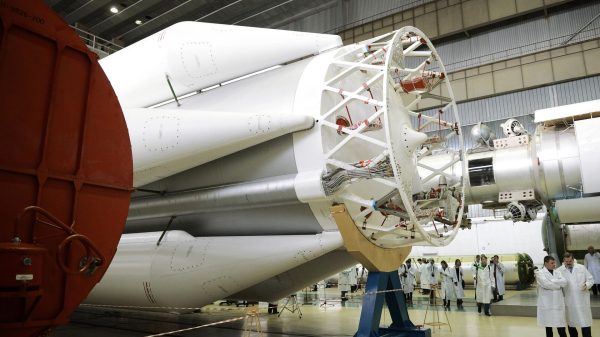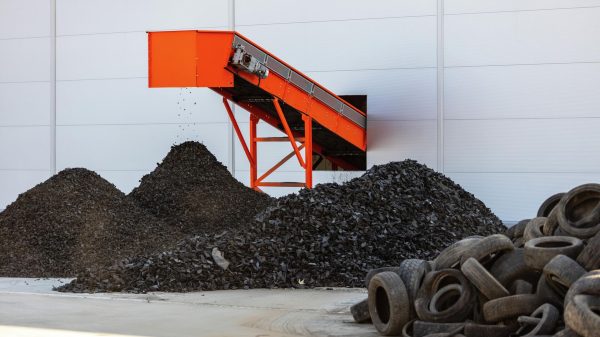The main problem is the collection and processing of the grounds
Surely every coffee lover has faced the question of where to put the used coffee grounds. Someone uses it as a face or hand mask , but often all this mass goes into the trash can. Scientists have proposed an alternative and more rational way of using grounds for construction purposes.

Around the world, CNN writes, people drink more than 2 billion cups of coffee every day. Every year, about 60 million tons of waste coffee grounds remain.
Only a small part of this mass is reused (mainly for soil fertilization). Most of it is either burned or ends up in a landfill. There, the coffee grounds decompose and release methane.
According to a recent study, coffee grounds can be used as an ingredient in concrete and thereby even make it stronger.
“We thought about this idea over a cup of coffee, – explains Rajeev Roychand, research fellow at the School of Engineering at RMIT University in Melbourne, Australia, and study leader. – We roasted waste ground coffee in the absence of oxygen to create something called biochar. When we added it to concrete as a replacement for sand, it provided a 30% increase in the strength of the material.
Concrete is made up of four main ingredients: water, gravel, sand and cement. It is the most widely used building material in the world. People now use about 30 billion tons of concrete per year. This is three times more than 40 years ago.
As the scientist has already explained, he and his team partially replaced the sand with biochar obtained from coffee waste. The resulting concrete was 30% stronger than conventional concrete.
According to Roychand, the amount of moisture in conventional concrete decreases over time. This drying effect causes shrinkage and cracking at the micro level, weakening the material.
Researchers are convinced that biochar from coffee waste can slow down this natural process. When biochar is mixed with concrete, the particles act like tiny reservoirs of water, Roychand says. As the material sets and begins to harden, the biochar slowly releases water, essentially rehydrating the surrounding material and reducing the effects of shrinkage and cracking.
According to Kypros Pilakoutas, professor of construction innovation at the University of Sheffield in the UK, the research is intriguing from a technological point of view.
However, he believes it is unlikely that concrete produced in this way will ever find widespread use in large-scale projects: “ The main problem with waste – this is their collection and processing. While it would be great to collect all the coffee grounds from across the country, the costs involved would be significant and prohibitive.»
He adds that pyrolysis (the process by which biochar is produced) is not free, and believes it is unlikely that high carbon concentrations in concrete will improve its durability.
Roychand notes that waste collection is already commonplace and that a number of companies in Australia are focusing on recycling coffee waste. He also explained that the cost of pyrolysis is mainly related to the initial investment in equipment and that biochar is produced at a much lower temperature than cement (350 degrees Celsius compared to about 1450 degrees).
The scientist claims that The discovery has already attracted interest from both construction companies and coffee grounds recycling organizations, and his team is now working with local councils in Australia to begin field demonstrations.
«One of the things we we will do, — this is to monitor the condition of the concrete over time, from six months to one year, – explains Roychand. – This ensures that the biochar retains its properties over time.»




















































Свежие комментарии